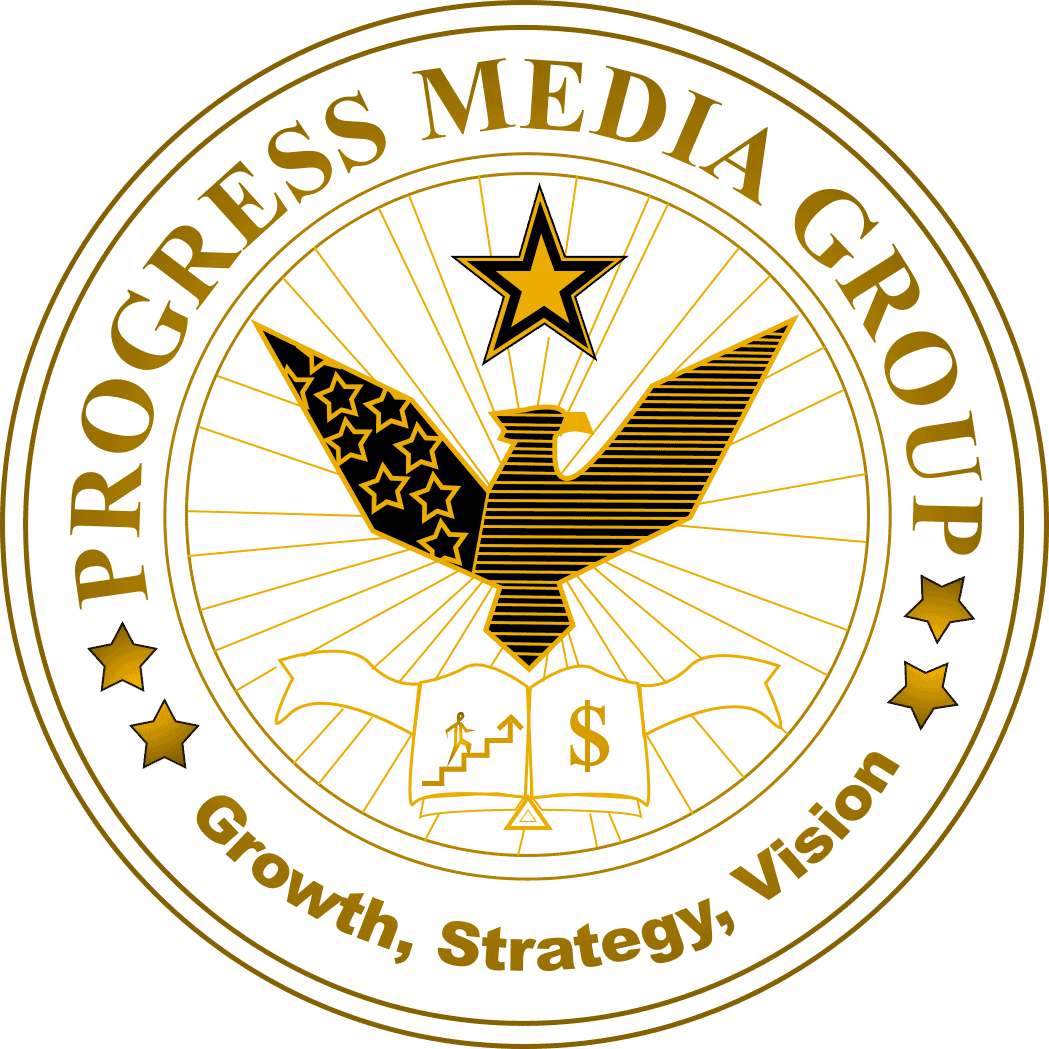Mastering the Art of Cost Per Click Advertising: Boost Your Business
In today’s digital age, where competition is fierce and attention spans are short, businesses strive to find effective and efficient ways to promote their products or services to the right audience. Cost-per-click advertising has emerged as a game-changer in the world of online marketing. With its ability to drive targeted traffic and generate measurable results, mastering the art of cost-per-click advertising can undoubtedly boost your business to new heights. But what exactly is the cost of click advertising? How does it work? And more importantly, how can you harness its power to propel your business forward? In this comprehensive guide, we will delve deep into the world of cost-per-click advertising, uncovering the strategies and techniques that will enable you to maximize your return on investment. Imagine being able to put your brand right in front of potential customers, precisely when they are actively searching for products or services like yours. This is the essence of cost-per-click advertising – a type of online advertising where businesses only pay when someone clicks on their advertisements. By strategically bidding on keywords relevant to their offerings, businesses can secure prime positions in search engine results pages and increase their chances of attracting high-quality leads. Throughout this guide, we will explore the intricacies of cost-per-click advertising, from selecting the right platforms and understanding the different pricing models to crafting compelling ad copy and optimizing landing pages. So, whether you’re a seasoned marketer looking to fine-tune your PPC campaigns or a business owner eager to take your online advertising efforts to the next level, get ready to unlock the secrets to mastering the art of cost-per-click advertising and watch your business soar.
Understanding Cost Per Click Advertising: What is it and How Does it Work?
Cost-per-click advertising, also known as CPC advertising, is a popular online marketing strategy that allows businesses to drive targeted traffic to their websites by placing ads on various platforms. The concept is simple: businesses only pay when someone clicks on their advertisements.
So how does cost-per-click advertising work? It all starts with selecting the right keywords. Businesses bid on keywords that are relevant to their products or services, and when someone searches for those keywords, the search engine displays the ads of the highest bidders. If a user clicks on one of these ads, the business pays a predetermined amount for that click.
This form of advertising offers several advantages. First and foremost, it allows businesses to reach potential customers who are actively searching for products or services like theirs. This means that the traffic generated through cost-per-click advertising is highly targeted and more likely to convert into leads or sales.
Furthermore, cost-per-click advertising provides measurable results. Businesses can track the number of clicks their ads receive, as well as other metrics such as conversions and return on investment (ROI). This data allows them to optimize their campaigns and make informed decisions about their marketing strategies.
The Benefits of Cost-Per-Click Advertising for Your Business
Cost-per-click advertising offers numerous benefits for businesses looking to boost their online presence and drive qualified traffic to their websites.
One of the key advantages is its cost-effectiveness. Unlike traditional forms of advertising where businesses pay a fixed amount regardless of results, cost-per-click advertising ensures that businesses only pay when someone interacts with their ads. This means that every dollar spent on CPC advertising goes towards reaching potential customers who have shown an interest in what they have to offer.
In addition, cost per click advertising allows businesses to have full control over their budget. They can set daily or monthly spending limits, ensuring that they don’t exceed their allocated marketing budget. This level of control is particularly beneficial for small businesses or startups with limited resources.
Another benefit of cost per click advertising is its flexibility. Businesses can easily adjust their bids and budgets based on the performance of their campaigns. If a particular keyword is driving a high volume of clicks but not resulting in conversions, businesses can choose to lower their bid or allocate more budget to keywords that are generating better results.
Furthermore, cost per click advertising provides valuable insights into consumer behavior and preferences. By analyzing the data collected from their campaigns, businesses can gain a deeper understanding of their target audience and tailor their marketing strategies accordingly.
Selecting the Right Platforms for Cost Per Click Advertising
When it comes to cost per click advertising, selecting the right platforms is crucial for success. Different platforms offer different targeting options and reach, so it’s important to choose those that align with your business goals and target audience.
One of the most popular platforms for cost per click advertising is Google Ads (formerly known as Google AdWords). With its vast reach and powerful targeting capabilities, Google Ads allows businesses to display ads on search engine results pages (SERPs) as well as on websites within its extensive network.
Facebook Ads is another platform worth considering, especially if your target audience spends a significant amount of time on social media. Facebook offers detailed targeting options based on demographics, interests, and behaviors, allowing businesses to reach highly specific audiences.
In addition to these platforms, there are several other options available such as Bing Ads, LinkedIn Ads, and Twitter Ads. The key is to research each platform’s features and audience demographics to determine which ones are most likely to yield positive results for your business.
Exploring Different Pricing Models in Cost Per Click Advertising
When it comes to cost per click advertising, there are different pricing models that businesses can choose from. Each model has its own advantages and considerations, so it’s important to understand them before launching your campaigns.
The most common pricing model is the auction-based model, where businesses bid on keywords and compete with other advertisers for ad placement. The highest bidder gets the top position in search engine results pages or on the chosen platform.
Another pricing model is fixed-rate cost per click, where businesses agree to pay a predetermined amount for each click. This model provides more stability and predictability in terms of costs but may result in higher expenses if the clicks generated do not convert into leads or sales.
Finally, there is the performance-based pricing model, where businesses only pay when a specific action is taken by the user, such as making a purchase or filling out a form. This model ensures that businesses only pay for tangible results but may require more advanced tracking and attribution capabilities.
Bidding Strategies: Maximizing ROI through Smart Keyword Selection
The success of your cost per click advertising campaigns heavily relies on smart keyword selection and effective bidding strategies. Here are some tips to help you maximize your return on investment:
1. Conduct thorough keyword research: Start by identifying keywords that are relevant to your business and have high search volume. Use keyword research tools to uncover new opportunities and analyze competition levels.
2. Focus on long-tail keywords: Long-tail keywords are more specific and have lower competition compared to broad keywords. They allow you to target a niche audience that is more likely to convert into customers.
3. Monitor keyword performance: Regularly review the performance of your keywords and adjust your bids accordingly. Increase bids for keywords that are driving high-quality traffic and decrease bids for underperforming keywords.
4. Consider ad position: While securing the top position may seem ideal, it’s important to find the right balance between visibility and cost. Sometimes, a slightly lower position can still generate good results at a lower cost per click.
5. Test different bidding strategies: Experiment with different bidding strategies such as manual bidding or automated bidding to find the approach that works best for your business goals and budget.
Crafting Compelling Ad Copy to Attract High-Quality Leads
When it comes to cost per click advertising, crafting compelling ad copy is essential to attract high-quality leads. Here are some tips to help you create ads that stand out:
1. Know your audience: Understand your target audience’s pain points, desires, and motivations. Use language that resonates with them and addresses their specific needs.
2. Highlight unique selling points: Differentiate yourself from the competition by showcasing what makes your products or services unique. Whether it’s superior quality, competitive pricing, or exceptional customer service, emphasize what sets you apart.
3. Use strong calls-to-action (CTAs): Encourage users to take action by including clear and compelling CTAs in your ad copy. Whether it’s “Shop Now,” “Sign Up Today,” or “Learn More,” make sure your CTAs are persuasive and drive users towards the desired action.
4. Test different variations: Don’t settle for one ad copy; instead, create multiple variations and test them against each other to see which ones perform best. Experiment with different headlines, descriptions, and CTAs to find the winning combination.
Optimizing Landing Pages for Higher Conversions
Driving traffic to your website is only half the battle. To maximize your conversions, you need to optimize your landing pages. Here are some tips to help you create landing pages that convert:
1. Maintain consistency: Ensure that the messaging and design of your landing page align with the ad that users clicked on. Consistency builds trust and reduces bounce rates.
2. Keep it simple and focused: Avoid cluttering your landing page with unnecessary elements. Keep the layout clean, highlight the key benefits of your offer, and make it easy for users to take action.
3. Use compelling visuals: Visuals can significantly impact user engagement and conversion rates. Incorporate high-quality images or videos that showcase your products or services in action.
4. Optimize for mobile devices: With the increasing use of smartphones, it’s crucial to ensure that your landing pages are mobile-friendly. Test them on different devices and screen sizes to provide a seamless experience for all users.
Tracking and Analyzing the Performance of Your Cost Per Click Campaigns
To continuously improve your cost per click advertising campaigns, tracking and analyzing their performance is essential. Here are some key metrics to monitor:
1. Click-through rate (CTR): CTR measures the percentage of users who click on your ads after seeing them. A high CTR indicates that your ads are relevant and compelling.
2. Conversion rate: Conversion rate measures the percentage of users who complete a desired action, such as making a purchase or filling out a form, after clicking on your ads.
3. Cost per conversion (CPC): CPC measures how much you’re paying on average for each conversion generated through cost per click advertising.
4. Return on investment (ROI): ROI measures the profitability of your campaigns by comparing the revenue generated to the amount spent on advertising.
By regularly monitoring these metrics, you can identify areas for improvement and make data-driven decisions to optimize your campaigns.
Advanced Techniques for Mastering Cost Per Click Advertising
Once you have a solid understanding of the basics, there are several advanced techniques you can explore to take your cost per click advertising to the next level:
1. Remarketing: Remarketing allows you to target users who have previously visited your website or interacted with your ads. By displaying personalized ads to these users, you can increase brand awareness and encourage them to return and convert.
2. Ad extensions: Ad extensions provide additional information or features within your ads, making them more compelling and informative. Examples of ad extensions include call extensions, location extensions, and sitelink extensions.
3. A/B testing: A/B testing involves creating multiple variations of your ads or landing pages and testing them against each other to determine which ones perform best. This iterative process allows you to continuously improve your campaigns based on real-time data.
4. Audience targeting: Instead of solely relying on keywords, consider leveraging audience targeting options offered by platforms such as Google Ads or Facebook Ads. By reaching users based on their demographics, interests, or behaviors, you can further refine your targeting and increase the relevance of your ads.
Conclusion: Taking Your Business to New Heights with Cost Per Click Advertising
In conclusion, mastering the art of cost per click advertising can significantly boost your business by driving targeted traffic and generating measurable results. By understanding how cost per click advertising works, selecting the right platforms, exploring different pricing models, implementing smart bidding strategies, crafting compelling ad copy, optimizing landing pages for conversions, tracking performance, and leveraging advanced techniques, you can maximize your return on investment and take your business to new heights.
Remember, cost per click advertising is a dynamic and ever-evolving field. Stay up-to-date with the latest trends, continuously test and optimize your campaigns, and adapt your strategies based on the insights gained from data analysis. With dedication, perseverance, and a deep understanding of your target audience, you can harness the power of cost per click advertising to propel your business forward in today’s competitive digital landscape.


